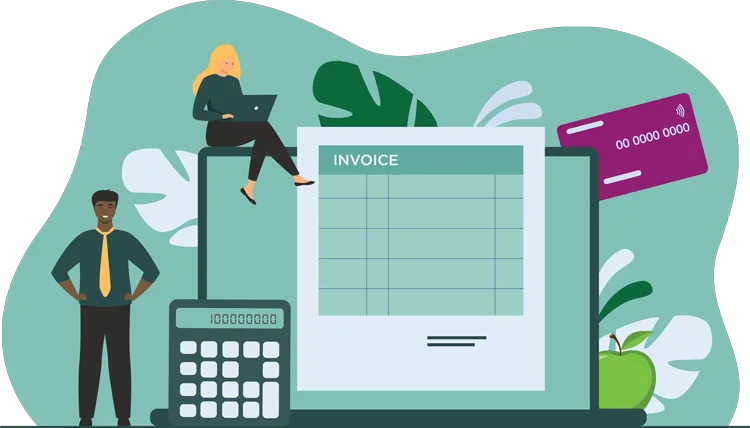Income Tax
Rates
2021-2022
2022-2023
£37,700
£37,700
Higher rate of 40% on income
£37,701-£150,000
£37,701-£150,000
Dividends :
Ordinary Rate
7.5%
8.75%
Upper Rate
32.5%
33.75%
Additonal Rate
38.1%
39.35%
Trusts: Standard rate band generally
£1,000
£1,000
Rate Applicable To Trusts
Dividends
38.1%
38.1%
Other income
45%
45%
- Not available if taxable non-savings income exceeds the starting rate band.
- Different rates and bands apply to non-savings, non-dividend income of Scottish taxpayers for 2019/20 and 2020/21. For 2019/20 and 2020/21, the Welsh rates are the same as for the rest of the UK (except Scotland)
High Income Child Benefit Charge
1% of benefit for each £100 of between £50,000 - £60,000
Main Personal Allowances And Reliefs
2021-2022
2022-2023
Personal allowance (1)
£12,570
£12,570
– Income limit
£100,000
£50,000
Transferable marriage allowance
£1,260
£1,260
Married couple’s allowance (1,2)
- Maximum
£9,125
£9,415
- Minimum
£3,530
£3,640
- Income limit
£30,400
£31,400
Trading allowance (3)
£1,000
£1,000
Property income allowance (3)
£1,000
£1,000
Dividend allowance (4)
£2,000
£2,000
Savings allowance (4) Basic rate taxpayers
£1,000
£1,000
Higher rate taxpayers
£500
£500
- £1 reduction for every £2 of additional income over the income limit.
- Relief at 10% if at least one f the couple was born before 6/4/35
- Profits are not charged to income tax where gross receipts do no exceed allowance. Where receipts exceed allowance, alternative calculation of profits is available by election.
- A 0% rate applied to income within the allowance
HMRC has a lot of information on their website. Links for most of the main topics can be found on HMRC’s main page for information on Child Benefit charge.
You can get an estimate of whether you need to pay the charge, and how much it will be, using the government’s Child Benefit charge calculator.
For detailed help and information please see HMRC’s frequently asked questions page.


